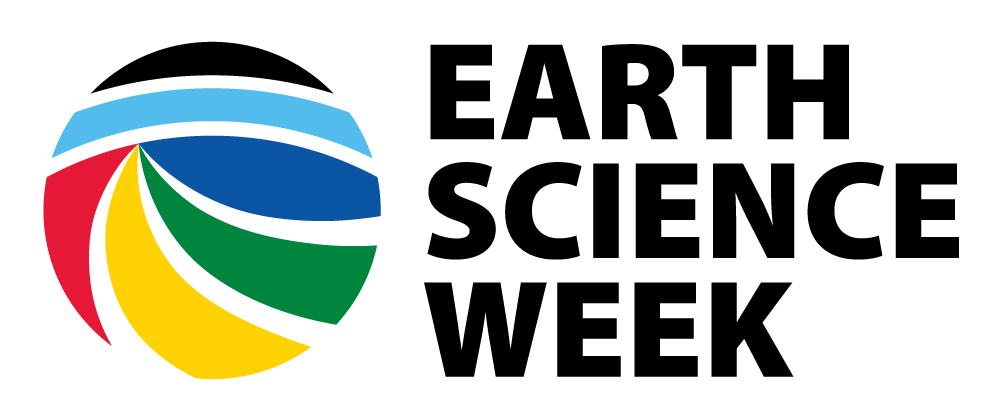No Child Left Inside Activity How Can You Test Your Soil? Grade Level: 5-9 Earth and Life Science Activity Source: Soil Science Society of America, 2006. Adapted with permission.
Background We walk around on soil all the time, but how often do we think about what’s in it? If you have ever looked closely at soil, you probably saw that it is made up of various types of particles and has various materials mixed in with those particles (rocks, twigs, water, air, worms, insects, and much more).
[Read More]
Lasting Impressions: Making Models
Lasting Impressions: Making Models Activity Source: National Park Service
Background Fossils are evidence of organisms that have lived in the past. A fossil can help us understand when and where organisms lived. Scientists can also use fossils to figure out what different environments were like in the past. One type of fossil is known as a mold fossil, which forms when an organism is buried, then decomposes, but the sediment keeps the shape (impression) of the organism.
[Read More]
Looking for Wild Elements
Looking for Wild Elements Activity Source: Fish & Wildlife Service. Adapted with permission.
For the Teacher: Few schools are within walking distance of a federally designated wilderness. However, many schools are within walking distance of land with wild elements.
Students can look for examples of places with wild elements on or near their school grounds. Then they can duplicate the activity in a wilder landscape, such as those found on national wildlife refuges.
[Read More]
Mapping a Refuge
Mapping a Refuge Activity Source: National Energy Education Development Project. Provided by the U.S. Fish and Wildlife Service. Adapted with permission.
The National Wildlife Refuge System, managed by the U.S. Fish and Wildlife Service, is the world’s premier system of public lands and waters set aside to conserve America’s fish, wildlife, and plants. Why not visit a national wildlife refuge (www.fws.gov/refuges) in or near your community?
A refuge is a place where you can record observations of seasonal changes to plants, trees, and wildlife.
[Read More]
Monitoring Life in the Rocky Intertidal Ecosystem
Monitoring Life in the Rocky Intertidal Ecosystem Activity Source: NOAA National Marine Sanctuary Program and Farallones Marine Sanctuary Association, 2006. Adapted with permission.
Background The five national marine sanctuaries along the West Coast monitor the health of the rocky intertidal ecosystem. One way of doing this is to collect data on the relative abundance of the organisms living in that ecosystem. Since this is such a big task, the national marine sanctuaries are training students in how to follow standardized protocols to help with the monitoring.
[Read More]
Monitoring Sustainability: Land Cover Data
Monitoring Sustainability: Land Cover Data Activity Source: Earth Science Information Partners, Earth Observations for the Sustainable Development Goals
Background Almost every aspect of life — our homes, food and water sources, and outdoor activities — is connected to the land on which we live.. Landsat satellites collect images of Earth’s surface but cannot zoom in enough to monitor small-scale changes. The Global Learning and Observations to Benefit the Environment (GLOBE) program has created an app so you can help fill in the gaps in the global dataset.
[Read More]
Mud Fossils
Mud Fossils Activity Source: USGS Learning Web Lesson Plans.
Background At the close of the 18th century, the haze of fantasy and mysticism that tended to obscure the true nature of the Earth was being swept away. Careful studies by scientists showed that rocks had diverse origins. Some rock layers, containing clearly identifiable fossil remains of fish and other forms of aquatic animal and plant life, originally formed in the ocean.
[Read More]
Mystery Mollusc
Mystery Mollusc Activity Source: “Problem- Based Career Activity for the Mystery Mollusc NOAA Explore Poster”
Written by Joyce E. Patterson Stark, NOAA Office of Education and Sustainable Development
Problem-based learning is an inquiry technique that involves students working cooperatively in groups solving real-world problems. Students learn how to assess what they know, identify what they need to know, gather information and come to a conclusion. The teachers are the coaches or facilitators who give only guidance on how to approach the problem.
[Read More]
Natural Gas Formation
Natural Gas Formation Activity Source: Adapted by AAPG from the American Geosciences Institute. Adapted with permission.
Natural gas, which is mostly methane, is an energy resource used for generating electricity and heating, powering transportation, and manufacturing products. Right now, one-quarter of the world’s energy comes from natural gas.
Natural gas formation, one of the processes occurring on our ever-changing Earth, takes a very long time. Natural gas is formed from marine organisms that die, sink to the bottom of the ocean, and get covered with sediments.
[Read More]
Plant an Ozone Monitoring Garden
No Child Left Inside Activity Plant an Ozone Monitoring Garden Grade Level: 6-9 Earth and Life Science, Engineering Activity Source: Adapted with permission from NASA Aura Education and Public Outreach.
Background To measure ozone in the Earth’s atmosphere, NASA built the approximately 6,500-pound Aura satellite. The spacecraft carries four high-tech instruments that scan the globe from more than 700 kilometers above the planet.
For students, there is an easy way to investigate ozone in their own neighborhood.
[Read More]
